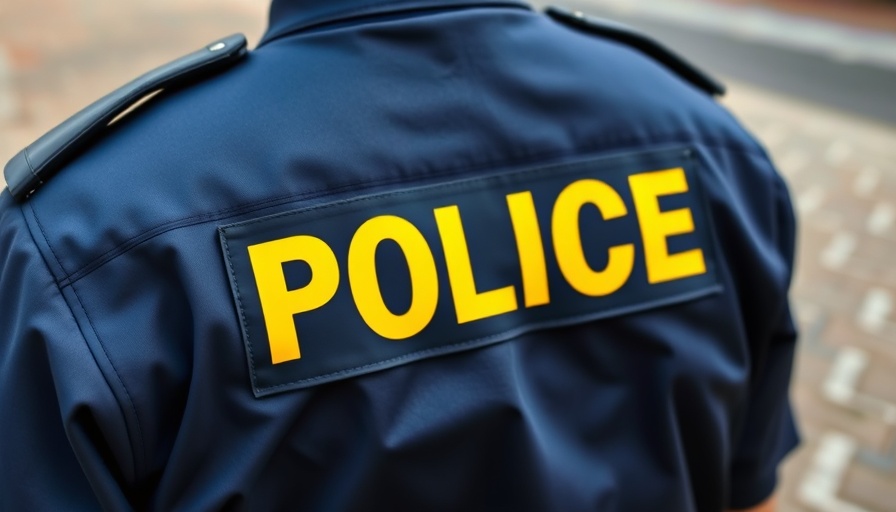
A Troubling Allegation: Minor Linked to Attack Plot in Cape Town
A 16-year-old boy finds himself at the center of a chilling case that highlights ongoing concerns about extremist ideologies infiltrating young individuals in South Africa. The minor, who appeared in the Atlantis Magistrates Court, is accused of conspiring to execute attacks on the Cape Town International Airport and a local nightclub—a consequence of increasingly radicalized online interactions.
The Recruitment of Youth: A Growing Concern for South Africa
The boy’s alleged involvement in social media chat groups purportedly aimed at recruitment for extremist activities raises significant issues about youth vulnerability in the digital age. Experts warn that these platforms can serve as breeding grounds for radical ideas, prompting urgent discussions about the need for comprehensive education and intervention efforts to protect young minds from manipulation.
Contextualizing Extremism: The Broader Picture of South African Society
These developments should not be viewed in isolation, as South Africa grapples with numerous socio-political issues. High unemployment rates, particularly among the youth, and a general sense of disenfranchisement can create fertile ground for extremist ideologies. The South African government’s ongoing efforts to implement educational reforms, stimulate economic recovery, and reduce crime rates directly correlate with the urgency of addressing radicalization amongst young people.
A Multi-Agency Response to Threats
The investigation by the Hawks, responsible for tackling serious organized crime in the country, highlights the integrated response needed to address such threats. Their proactive measures underline the importance of collaboration among law enforcement, social services, and educational institutions to deliver well-rounded preventative strategies.
Community Responses and the Role of Awareness
Reactions from local communities emphasize the need for increased awareness regarding radicalization and extremism. Community leaders advocate for collective action and open discussions focused on resilience against extremist influences through education, mentorship, and public health campaigns aimed at mental well-being.
Looking Ahead: Potential Measures Against Radicalization
As South Africa anticipates its national elections, issues such as these increasingly come to the fore. Civic leaders must prioritize initiatives aimed at countering extremist narratives by promoting inclusivity and civil engagement, especially among dissatisfied youth populations. Moreover, anti-corruption measures and a focus on improving government policies related to service delivery can play an integral role in diminishing the allure of extremist views.
The recent case illustrates a stark reminder of the challenges faced in safeguarding youth against radicalization. Understanding the socio-economic factors that feed into such recruitment drives offers crucial insights for addressing the root causes of extremism in South Africa. As stakeholders engage in proactive dialogue to create supportive environments for young people, efforts toward rehabilitation and intervention will be essential.
A Call to Action for Informed Engagement
South African professionals, educators, and policymakers hold the responsibility to spearhead discussions and strategies aimed at countering youth radicalization. By focusing on the mutual interdependencies of social issues and the potential for community resilience, the threat of extremism can be tackled effectively on all fronts. A commitment to fostering an inclusive and supportive environment for young individuals can ultimately help steer them away from potential pathways of violence and radicalization.
 Add Row
Add Row  Add
Add 




Write A Comment